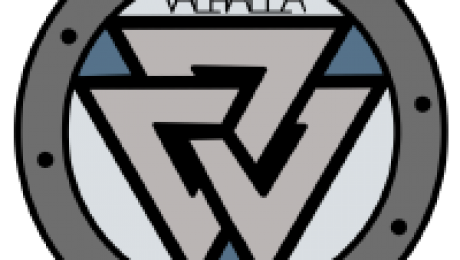Learn how to build a vector tile server with built-in authorization using FastAPI and PostGIS.
- Published in
Our third tutorial in the QGIS plugin development series focuses on improving code maintenance of QGIS plugins. We will introduce linters, a better code structure and some highly useful tips and tricks for plugin development.
- Published in
Our second tutorial in the QGIS plugin development series focuses on QGIS and user interaction. You will learn how capture a point clicked on the map canvas by the user, a few practical examples of the concept of signals & slots in PyQt, and then some more.
- Published in
Follow our tutorial to get a better hang of developing QGIS plugins in QGIS v3.x. The resulting plugin will be capable of querying Nominatim's Reverse Geocoding API from user generated Lat/Long or X/Y in arbitrary coordinate systems and parse the API result into a QGIS Point layer.
- Published in
This post provides a basic reference guide for plugin development in QGIS v3. It describes the most important concepts around QGIS plugins, which a developer should be aware of, such as mandatory methods expected by QGIS, detailed explanation of the output of Plugin Builder 3 and more.
- Published in
Learn in this tutorial how to build a simple but powerful and scalable Geo API from scratch with FLASK and FLASK-RESTPlus, that is able to handle and process basic spatial data like a charm.
- Published in
A short roundup of Qt Designer, which ships with QGIS and is the recommended program to design Graphical User Interfaces for QGIS Plugins. This post is complementary to our plugin tutorials or just a refresher. It also explains resources.qrc files in more detail, a usual pain point.
- Published in
In this reference guide, you'll learn more about the intricacies of the signal & slot concept in PyQt. This concept is very important when dealing with GUI development and while it's beautifully solved by Qt, it can be a little confusing in the beginning.
- Published in
If you want to know how to setup Valhalla on your Ubuntu with elevation support, then go ahead with this tutorial. By the end you will have had to prepare your Valhalla setup with all necessary packages and dependencies to finally be able to use Valhalla with elevation support.
- Published in
If you simply want to run Valhalla within a docker container, then feel free to dive into this tutorial. However, to understand the individual steps being called in the provided Dockerfile please refer to part 1 and 2 of this Valhalla Routing series of tutorials.
- Published in


![flask-1180×590[1]](https://gis-ops.com/wp-content/uploads/2020/01/flask-1180x5901-1-460x260_c.png)

